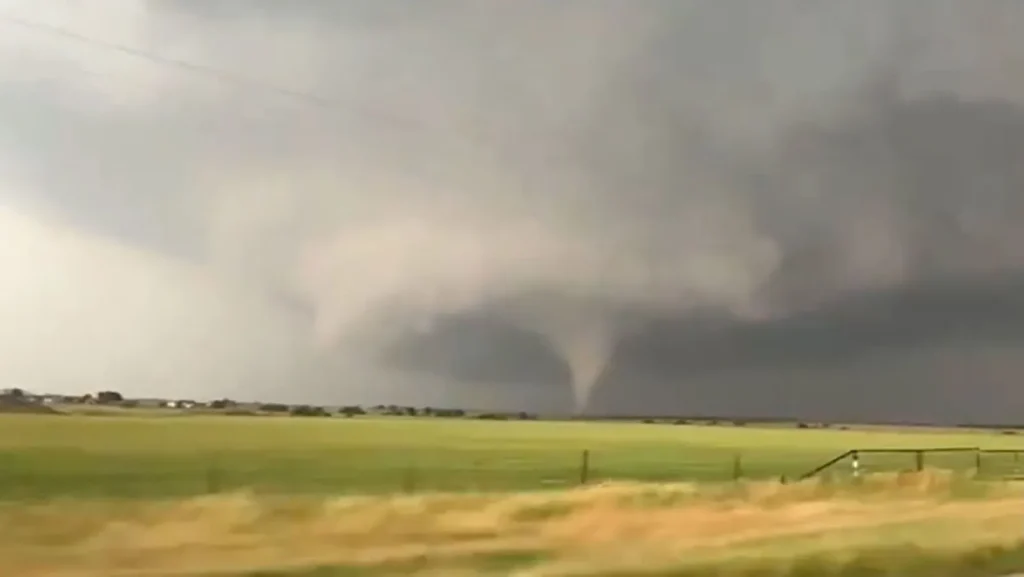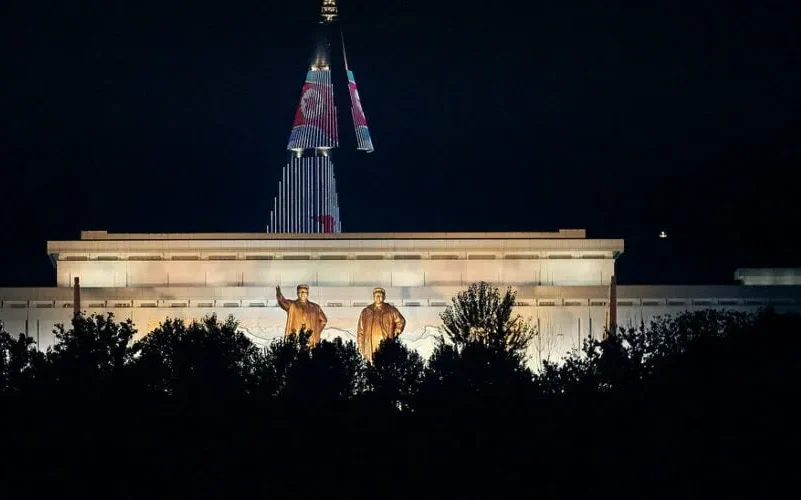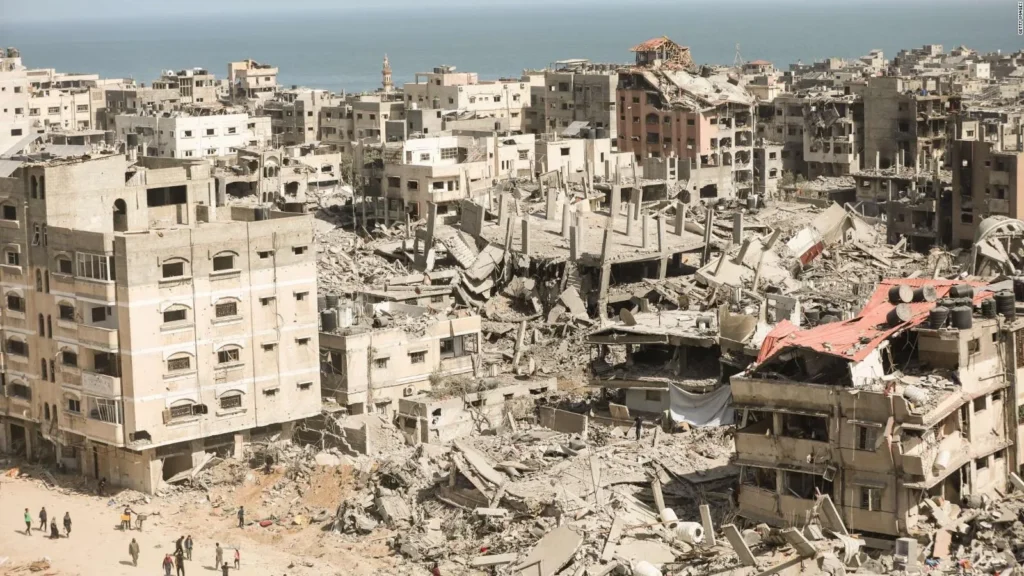Three Iranian Satellites Sent Into Space

Three Iranian Satellites Sent Into Space with a rocket that had previously experienced several failed attempts.
It is the latest launch within a program that, according to the West, enhances Tehran’s ballistic missile capabilities.
Iran’s satellites were sent into space to complete an intensive armament plan and improvements in its global communications.
The announcement came amid heightened tensions throughout the Middle East over the ongoing conflict between Israel and Hamas in the Gaza Strip.
These three Iranian satellites being sent into space raise concerns that the conflict may spread throughout the region.
Although Iran has not militarily intervened in the conflict, it has faced increasing pressure within its theocracy to respond to a deadly suicide attack earlier this month by the Islamic State group.
Similarly, Tehran’s allied groups like the Houthi rebels in Yemen continuously perpetrate war-related attacks. Western countries remain concerned about the rapid development of Iran’s nuclear program.
Regarding this, the three Iranian satellites were sent into space, and it was observed through images transmitted by the Iranian state television showing the Simorgh rocket launching during the night.

Three Iranian Satellites Sent Into Space: ¿Danger?
An analysis by The Associated Press of the images indicated that the launch took place at the Imam Khomeini Spaceport in the rural province of Semnan, Iran.
State television identified the launched satellites as Mahda, Kayhan-2, and Hatef-1.
The three Iranian satellites were sent into space with various objectives: Mahda is a research satellite, and Kayhan and Hatef are global positioning nano-satellites and communication satellites.
Iran’s Minister of Information and Communications Technology, Isa Zarepour, said that the Mahda satellite has already transmitted signals to Earth.
The Simorgh program had experienced five previous failed launches, within a series of setbacks in recent years for Iran’s civilian space program, such as lethal fires and the explosion of a rocket on a launch pad that caught the attention of former President of the United States Donald Trump.
The images showed that the rocket launched on Sunday bore the slogan “We Can” in Farsi, likely referring to those previous failed attempts.
The Simorgh is a two-stage liquid-fueled rocket that Tehran claims is designed to put satellites into low orbit.
However, the 2023 global risk assessment by US intelligence noted that the development of satellite launch vehicles “narrows the gap” for Iran to develop an intercontinental ballistic missile because it employs similar technology.
That report specifically mentioned Simorgh rockets as potential dual-use rockets.
The United States has previously indicated that Iranian satellite launches defy a United Nations Security Council resolution and has urged Tehran not to engage in ballistic missile activities capable of carrying nuclear weapons.
UN sanctions associated with Iran’s ballistic program expired last October.
During the relatively moderate government of former President Hassan Rouhani, the Islamic Republic slowed down its space program to avoid tensions with the West.
However, since then, the nuclear agreement Rouhani reached in 2015 with international powers has collapsed, and tensions with the United States have been accumulating for years.
Hardline President Ebrahim Raisi, a protege of the country’s supreme leader, Ayatollah Ali Khamenei, who came to power in 2021, has pushed the program forward.
France, Germany, and the United Kingdom condemned the launch of an Iranian satellite on January 20, and also said it could help Iran develop long-range ballistic missiles.
Tehran maintains the largest arsenal of ballistic missiles in the Middle East, in part because decades of sanctions since the 1979 Islamic Revolution and the hostage crisis at the US embassy prevented it from acquiring advanced fighter jets and other weapons systems.
The US military and the State Department did not respond to requests for comments on Sunday. However, the US military has quietly acknowledged that the January 20 launch carried out by the country’s paramilitary Revolutionary Guard was successful.
Read more: Regulation of Marijuana Consumption in Uruguay: How It’s Going.







